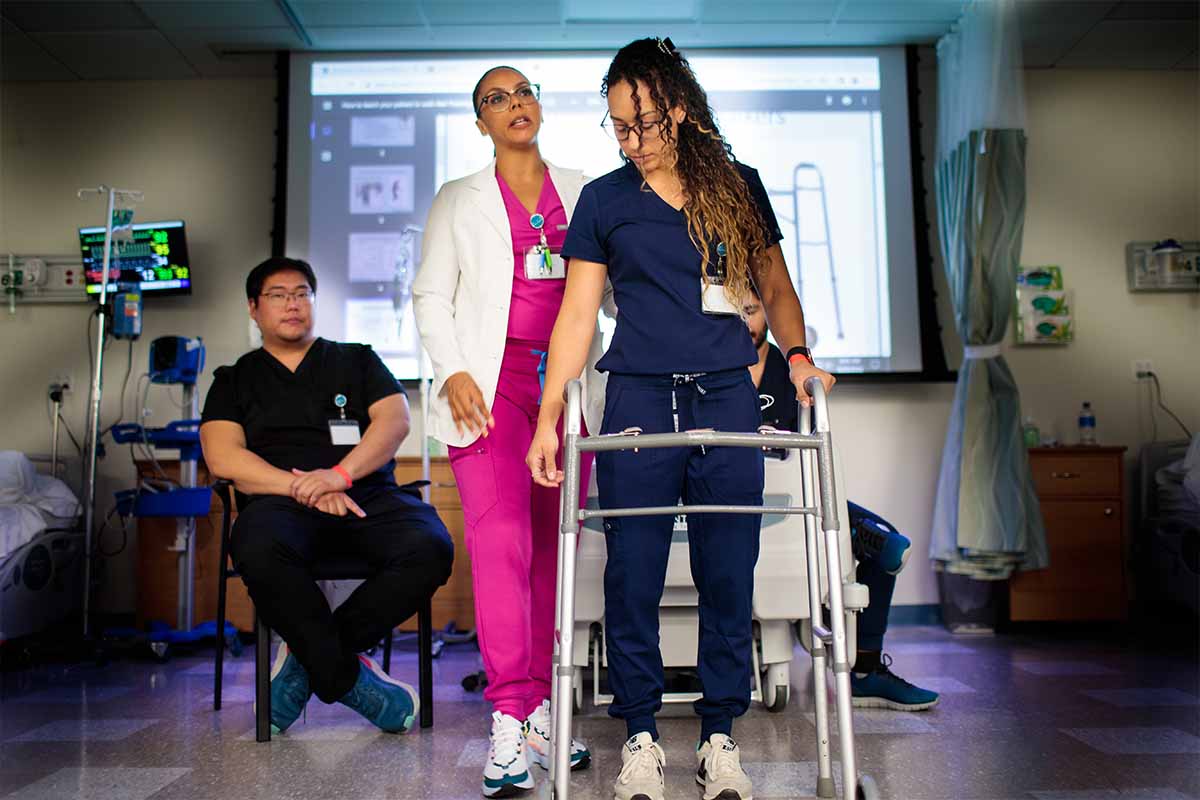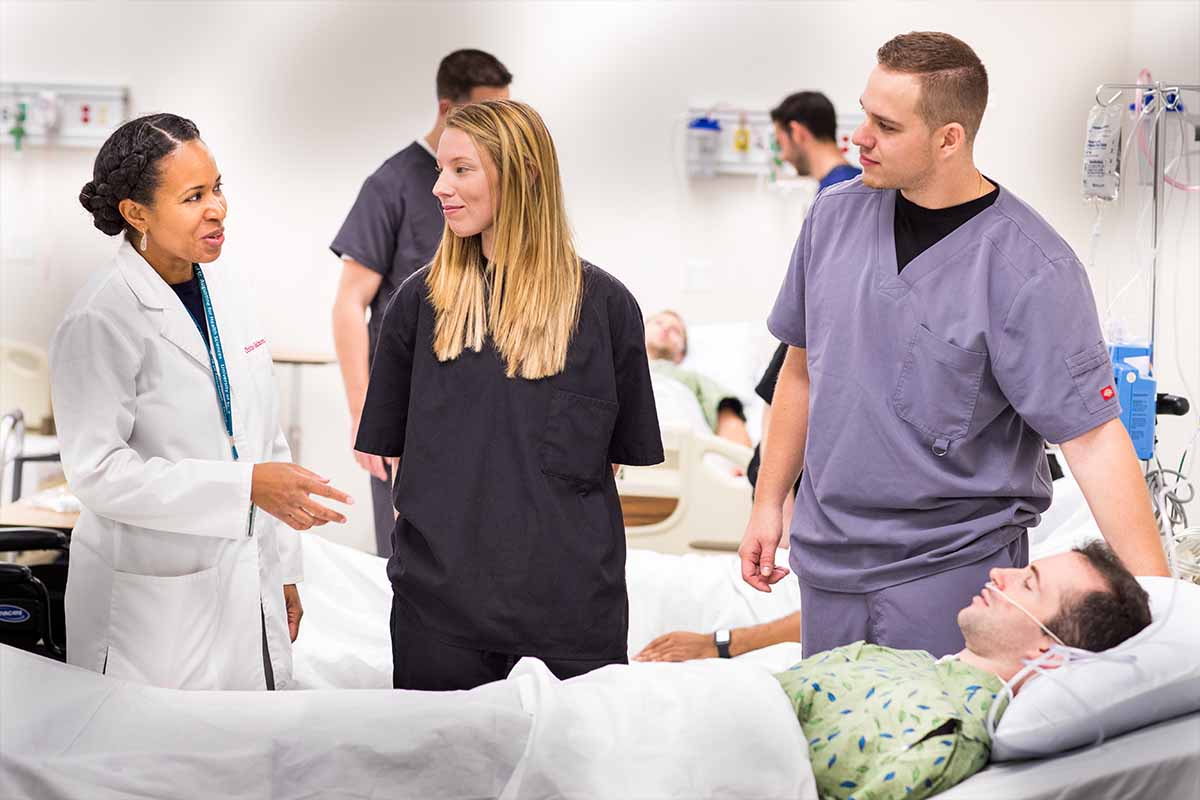 By Kathy Wood, Ph.D., FHFMA, MHA Program Director
By Kathy Wood, Ph.D., FHFMA, MHA Program Director
According to Santhanam (2017) , the United States is on track to set a record with an enormous number of natural disasters. As of October, there have been natural disasters including coastal storms, freezes, flooding, wildfires, and droughts. What does this mean for healthcare organizations?
All four of the University of St. Augustine campuses were impacted by these natural disasters, as were students and faculty. Some students and faculty were displaced from their homes; others lost their homes entirely; some even lost their lives.
Natural disasters come with great unpredictability and power, leaving people unprepared and in shock after seeing the damage that they produce. In addition to treating patients, healthcare organizations have found themselves in a position of providing shelter and basic needs for many of their geographical neighbors.
Here are some guidelines for being prepared for disasters.
Organization is Key
In order to prepare for disasters, natural and other, it is important that healthcare organizations have a disaster plan that is well documented and that they practice the steps they will take. The most important piece of disaster preparedness is making sure the patients are properly taken care of including their diagnosis, treatment, and follow up. For this to happen, healthcare organizations must have a method of entering the patient into their “system” so the procedures and care process can begin.
During disaster scenarios, typical procedures such as looking up patients in the master index will not be possible, especially if the individual comes in unconscious. Instead, a numbering system can be used as a temporary measure to get the patient entered. The patient access and financial services personnel will be able to follow up once crisis has subsided.
Collaborative Efforts Needed
Staffing needs will increase during a disaster. A properly prepared disaster plan for a healthcare organization includes having access to a backup or reserve medical and administrative staff network. The credentialing committee can implement a policy for temporary privileges during emergency or disaster situations.
The intensity of the patient care activities during this time may be much more like an emergency department than a typical patient care floor. Consequently, healthcare organizations should provide additional advanced training to prepare personnel.
Key staff members, usually directors or mid-high-level managers, should be assigned specific tasks during disaster situations. Their primary responsibilities are to keep the process flowing as smoothly as possible, handle press requests, keep the patients and family members as calm as possible, and meet the needs of the customers.
Disasters can bring out both the best and the worst in people. The best happens when others lend a hand to help with the situation and take care of their neighbors. The worst is the panic that seems to overcome many people leading to an irrational behavior. This is where training can help mitigate the chaotic atmosphere.
Prepare, Plan, Practice, Repeat
Advanced planning and practice is necessary so that when an emergency arises the healthcare staff is prepared for it. In my previous experience at a medium-sized hospital, we practiced drills for disaster preparedness similar to the practice for fire and tornado drills. Walking through an emergency operations plan in advance of a real situation allows the personnel to encounter problems that could occur during a real disaster and allows for further refinement of the processes.
Executive leadership should consider allocating funds in advance for additional resources during disasters. Think outside of the box when anticipating needs. For example, if the area is flooding and water has been contaminated and power is off for a lengthy period, the people nearby may depend on the nearest hospital to provide for their basic needs, especially if that hospital is one of the highest points in the area. This may require bringing in a tractor-trailer with a tank full of water.
The reality is, in many cases, the daily operations for patient care and patient billing usually win out over the budget requests for emergencies. Disaster planning should also include situations where the healthcare facility itself is the victim of a disaster rather than the place where the victims can come for treatment and refuge.
As common in healthcare, there are national requirements set forth by the Centers for Medicare and Medicaid Services and The Joint Commission to consider as you develop your plan. The Office of Emergency Preparedness of the U.S. Department of Health and Human Services offers a vast database of resources available for preparedness and disaster response planning as does the American Hospital Association.
Taking steps now to prepare for an emergency operations plan will pay off for all involved when one eventually happens.













